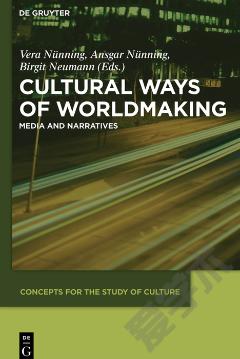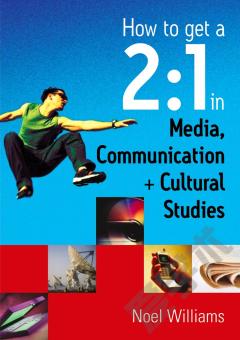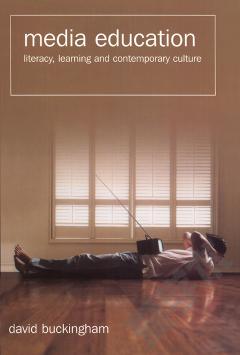How to Do Media and Cultural Studies
Introduction PART ONE: THINKING, THEORY AND PRACTICE Chapter 1. How Do We Know Anything about Anything? What Is Knowledge? How Do You Build a Toaster? Four Ways of Knowing Ways of Knowing in Oral Cultures The Impact of Writing on Ways of Knowing Classical Epistemology and Rhetoric So, What Makes a Good Argument? The Modern Way: Seeing Is Believing and the Scientific Revolution The Revolution of the Structure of Scientific Revolutions The End of the Modern Post-Modern Ways of Knowing Chapter 2. Why Do We Do Media and Cultural Studies? Approaches to Media and Culture before Media Studies The Industrial Revolution, Modernity, Media and Culture The Twentieth Century The Payne Fund Studies 'Why We Fight': Propaganda and World War II The Frankfurt School Technological Determinism and the Social Shaping of Technology The French Influence and Cahiers du Cinema Mass Culture Debates in the 1950s The Founding of British Cultural Studies The 1960s and Cultural Studies in Academia The 1970s' Media Education Movement The Turn to the Reader Feminist Interventions Sexuality, the Body and Queer Theory Post-Colonialism, Identity, Race and Difference New Media, New Paradigms? PART TWO: METHODS OF ANALYSIS Chapter 3. Getting Started Getting Started Designing Your Research Question: Industry, Text or Audience? The Key Elements of a Research Question Writing Your Research Question Reviewing the Literature Writing Your Project Proposal Chapter 4. Researching Industries: Studying Institutions and Producers of Media and Culture What Are the Media and Cultural Industries? Studying the Media and Cultural Industries Four Methods for Researching the Media and Cultural Industries Archive Research Case Study: Paddy Scannell and David Cardiff, 1991 Case Study: Sue Arthur, 2009 Discourse Analysis Case Study: John T Caldwell, 2008 Case Study: Chrys Ingraham, 2008 Interviews Case Study: Jeremy Tunstall, 1993 Case Study: Stefan Haefliger, Peter Jager and Georg Von Krogh, 2010 Interviews About The Past Case Study: Stuart L Goosman, 2005 Ethnographic Research Case Study: Hortense Powdermaker, 1951 Case Study: Anthony Cawley, 2008 Methods and Approaches Discussed in this Chapter Chapter 5. Researching Texts: Approaches to Studying Media and Cultural Content How to Research Media and Cultural Content Semiotic analysis Case Study: Barthes, Roland, 1984 Case Study: Richard K Popp And Andrew L Mendelson, 2010 Case Study: Marcia A Morgado, 2007 Content Analysis Case Study: Glasgow Media News Group, 1976 Case Study: Jeffery P Dennis, 2009 Case Study: James Curran, 2000 Discourse Analysis Case Study: Kari Anden-Papadopoulos, 2009 Case Study: Alim, H Samy, Jooyoung Lee and Lauren Mason Carris, 2011 Typological Methods of Analysis Genre Study Case Study: Jane Feuer, 1982 Case Study: Jessica Ringrose And Valerie Walkerdine, 2008 Auteur Study Case Study: Thomas Elsaesser, 2011 Star Study Case Study: Richard Dyer, 1987 Comparison of Research Methods Discussed in this Chapter Chapter 6. Researching Audiences: Who Uses Media and Culture? How and Why? Methods Discussed in this Chapter Why Study Audiences? Researching Media Effects The Ethics of Audience Research Survey Research Case Study: Ien Ang, 1985 Case Study: Lisa M Tripp, 2010 Case Study: Andrea Millward Hargrave, 2000 Focus Groups Tim Healey and Karen Ross, 2002 Ethnography Case Study: Daniel Miller 2011 Oral History Case Study: Shaun Moores, 1988 Comparing Methods for Researching Audiences PART THREE: PRESENTING YOUR WORK Chapter 7. Getting Finished Criteria for Assessment Planning Your Work The Project Contents Style Matters Where to Go from Here Glossary
{{comment.content}}








 京公网安备 11010802027623号
京公网安备 11010802027623号